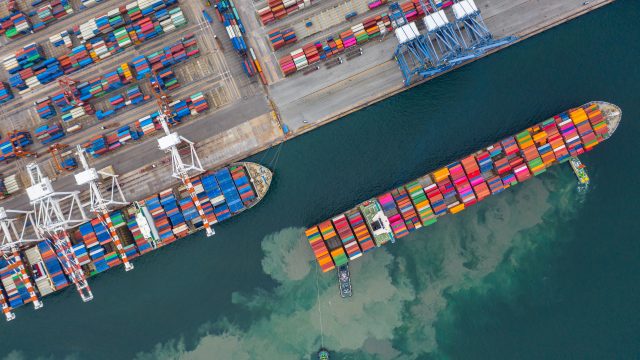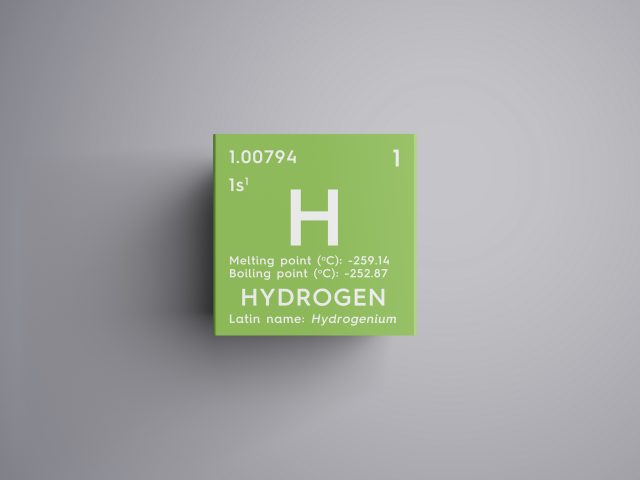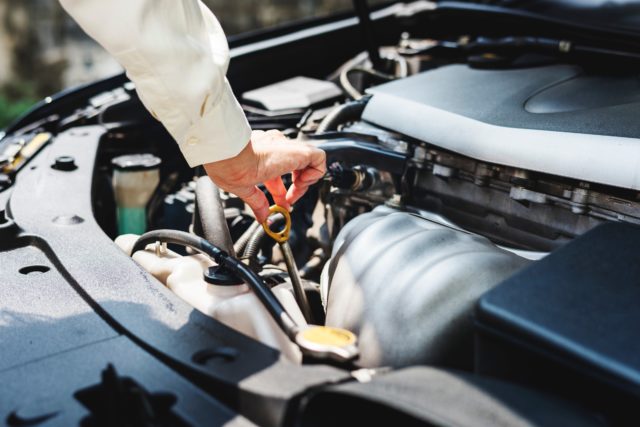
transport
Is transport bound to be the Ugly Duckling of decarbonisation?
This week, we cover CO2 emission standards for cars, vans and trucks. In recent years, the European Union undertook many policy initiatives to reduce transport’s carbon footprint.
transport on trial
When it comes to environmental concerns, transportation has always been the “Ugly Duckling”. The sector contributed in 2016 to 27% of the EU’s total carbon dioxide emissions. The figure is higher today than it was in 1990. Following the ground-breaking conclusions of the COP21 in December 2015, the famous Paris Agreement, the European Commission (EC) followed up with concrete proposals to reign in the CO2 emissions of transport. Albeit not related to CO2 emissions per se, the “dieselgate” in September 2015 heightened the pressure on lawmakers to act promptly.
regulations for all vehicles
For one, the EU has been regulating CO2 emissions for a decade now. It introduced and revised CO2 emission standards for cars (2009 and 2014) and vans (2011 and 2014). The EC further updated them in November 2017 in its second mobility package for light-duty vehicles (cars and vans).
Perhaps even more symbolically, with its third mobility package in May 2018, the EC introduced a new set of CO2 emission standards for heavy-duty vehicles (HDVs), i.e. trucks. A milestone that has been, according to the truck industry, ‘rushed through’. The impact assessment before the introduction of this new regulation did foresee enough time to identify practical tools to monitor emission targets.
Both mobility packages are setting a similar timeframe with deadlines in 2025 and 2030. Yet, their objectives in terms of CO2 cuts differ across types of vehicles.
For cars and vans, the Commission has set a 15% reduction target by 2025 and 30% by 2030. The baseline is calculated on the total emissions of a manufacturer’s car or van fleet in 2021. After heated debates, the final agreement between the Council and the Parliament in December 2018 set a 15% cut by 2025 for both vans and cars. By 2030, the required reduction is 37.5% for cars and 31% for vans.
For their first regulation on reducing CO2 emissions of HDVs, the co-legislators adopted an ambitious deal that was consistent with the Commission’s initial proposal of cut of 15% by 2025 and 30% by 2030. The baseline is calculated on total emissions in 2019. Another critical difference between the LDV and HDV regulations is the possibility given to the Commission to revise the HDV targets in 2022. Arguably, some flexibility is needed given the uncertainty over the ability of manufacturers to meet such goals.
The legislative debate has shed light on the need to balance environmental concerns with the feasibility for the car industry to reach the newly set targets. It has also led to consider various options from hybrid and hydrogen to fully electric vehicles.”
tighter CO2 measurements
Another fallout of the “dieselgate” has been the growing criticism of existing testing procedures, especially the New European Driving Cycle (NEDC). To close emission measurement gaps, the EC decided to adopt the WLTP (Worldwide Harmonised Light Vehicle Test Procedure) for the calculation of CO2 emissions. This method is much more accurate, and as such, much more demanding for manufacturers. Compared to the NEDC approach, the new approach raised CO2 measurements by 20 to 30%. And the efforts did not stop there.
It was also agreed to let the Commission assess by 2023 the feasibility of developing real-world emission test procedures. Those will be based on data from fuel consumption meters to be installed in new cars and vans with the Portable Emission Measurement System (PEMS). However, industry has already criticised this tool as ill-suited to reduce the margin of error in CO2 emission measurements. The result of those measurements among other factors will lead to a revision of the specific targets to be met by each manufacturer by 2030.
towards emission-free vehicles?
And there is more. The LDV and HDV regulations have also introduced benchmarks and incentives for manufacturers to produce Zero and Low Emission Vehicles (ZLEV). This contrast with the strategy of other economic powerhouses, such as China, which relies more on the definition of production and sales quotas to promote clean vehicles.
Meanwhile, the legislative debate has shed light on the need to balance environmental concerns with technical feasibility. The car industry must innovate technologically to reach the newly set targets. This constraint calls for flexibility on the options to be consider, whether hybrid, hydrogen or fully electric vehicles.
Despite the Commission’s technology-neutral approach to CO2 emission reduction, electric cars were often presented as the golden child for transport’s predicaments. Meanwhile, when considering market prices (for consumers), the autonomy of vehicles and the deployment of the required charging infrastructure, Europe is not ready yet. Besides, other concerns include the sustainability of the electricity powering cars or the components and raw materials used to manufacture batteries.
In a nutshell, on the decarbonisation of transport, the Juncker Commission’s track record seems rather convincing from a consumer or voter point of view. In terms of regulatory power, it also demonstrates that the EU remains more relevant than its national counterparts. Yet, regulations will not change our day-to-day if the industry cannot deliver on the expected changes.
CO2 emissions are not the only evil. We will cover NOx emissions in our next post. So, stay tuned!





